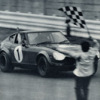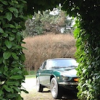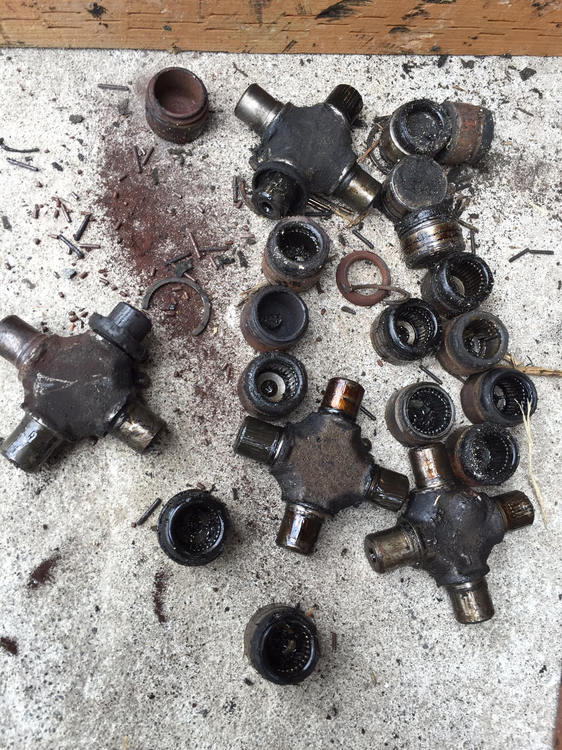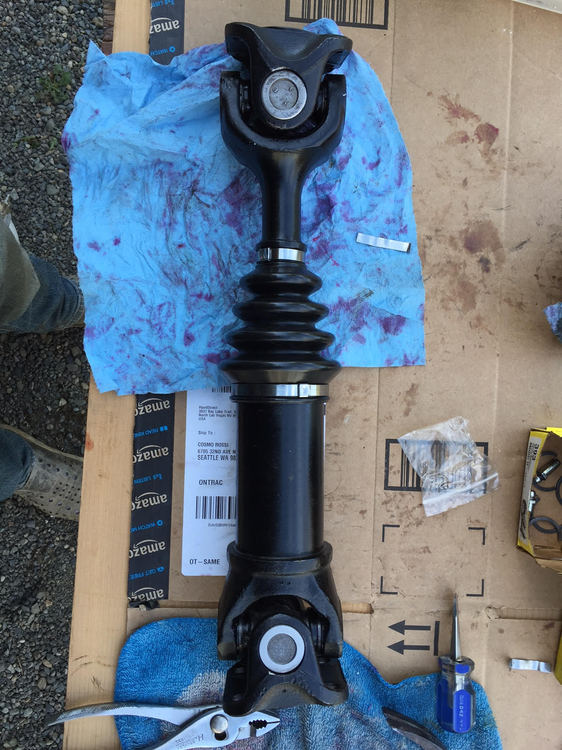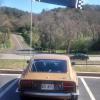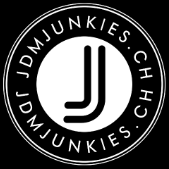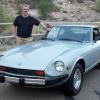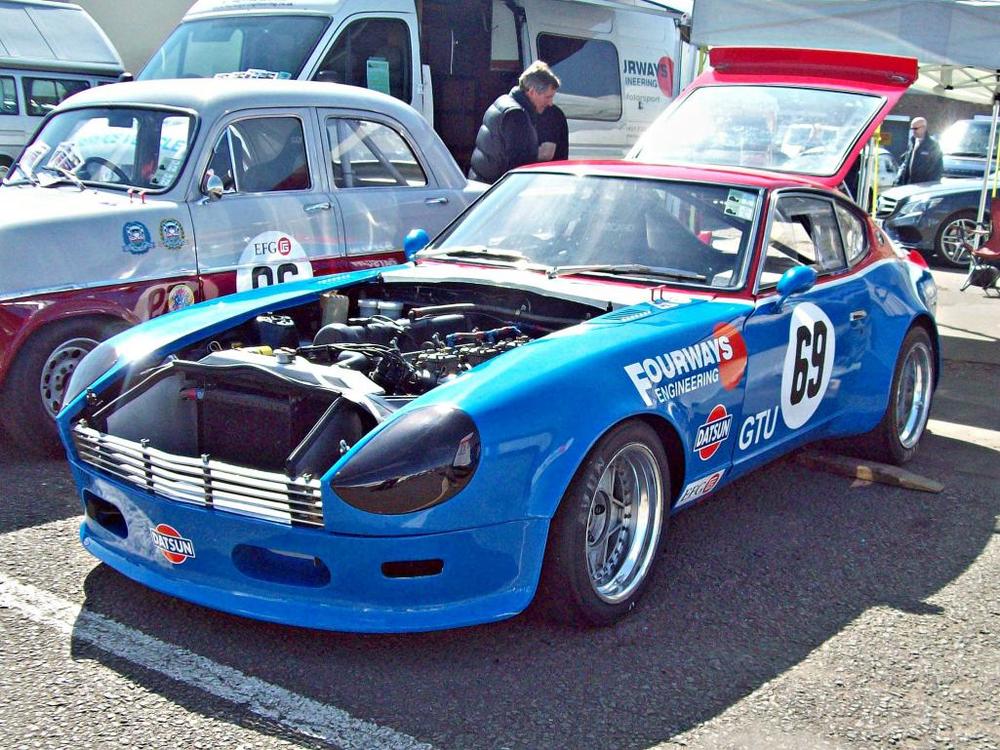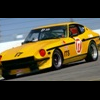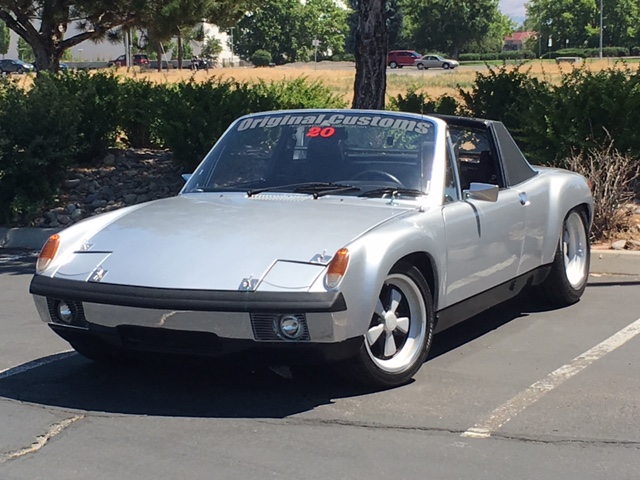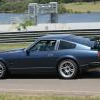Look, it's really simple. I'm interested in FACTS. You posted some (I believe) uninformed opinion and I responded to it. That's how forums like this are supposed to work, no? If you think I was wrong, by all means come back with something to support your views.
I'm fairly confident that I know a thing or two about Nissan race cars - and race cars in general - for the period concerned, and it seems to me that you know a thing or two with respect to modern understanding of race car aerodynamics. I think it's unfair to point the finger at Nissan and imply that they "didn't know what they were doing" when - with the benefit of 45+ years of learning - we can can see that true aero understanding (downforce etc) was still in its infancy. Point the finger at Nissan and you have to point it at everyone. In the period we are talking about (say, 1970/71) even the likes of Porsche - a company with racing running through its veins - was making race cars with aerodynamic properties that were downright dangerous (cf 'Kurtz' and 'Langheck' 917s for example).
But who said the 'Grande Nose' was considered "the ultimate" anyway? I don't know anyone who does, but its what Nissan did and it's what we got. It was - in effect - a frame on which to hang various other appendages. Without homologating it Nissan would not have been able to progress with their race efforts on Groups 4 & 5 and we would not have seen the later developments on the IMSA cars, for instance. You stated that Nissan was trying to push air under the car, but the whole point of the 'Grande Nose' was to channel air over and around the car and to restrict the air flowing through the radiator and engine bay (KEY POINT: it had to be homologated, so it had to work on the road cars without making them overheat) and the intention was ALWAYS to put an air dam underneath it (the homologation road models even had the mounting points for one) and seal the whole thing off with an undertray. So clearly, saying that Nissan was trying to push air underneath the car is wrong...
Offended? I don't think you need to be, and I think we should be able to debate without fear of upsetting anyone with the strength of our convictions. Like the 'Grande Nose', I'm not perfect (who knew?) but I'm here to talk cars and I care about this stuff. In your particular case I have noted a fairly constant theme of dissing certain aspects of the topic and I respond to you with that in mind. I might well be wrong, but by the same token you might be wrong about me. Like you, I only go on what I see on the page and what that makes me imagine.
 Subscriber
Subscriber 2Points11,136Posts
2Points11,136Posts





